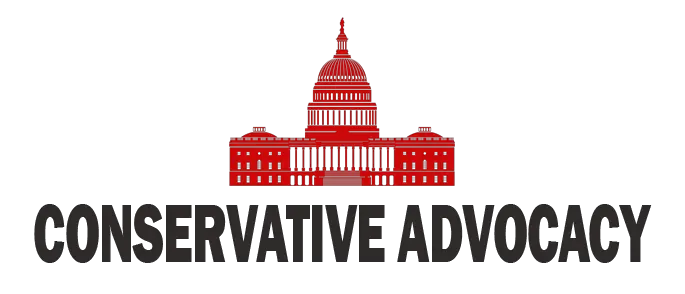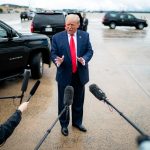Under the leadership of Director Sean Curran, the U.S. Secret Service is finally getting the recognition it deserves for the grueling and vital work it does to protect America’s leaders. Curran, appointed by President Trump and sworn in by Homeland Security Secretary Kristi Noem, has opened the doors to the agency’s world-class training facilities, offering the public a rare, behind-the-scenes look at what it takes to become one of America’s elite protectors. This transparency is long overdue, especially given the media’s tendency to focus on agency missteps rather than the everyday heroism and professionalism that define the Secret Service.
At the heart of the agency’s training is a commitment to realism and readiness. Director Curran has championed the construction of a full-scale White House replica at the James J. Rowley Training Center, ensuring that agents are intimately familiar with every inch of the complex they may one day defend. This attention to detail is not just about prestige—it’s about operational excellence. When seconds count, agents must know the terrain as well as they know their own homes. The training village also prepares agents for large-scale events, simulating everything from political rallies to emergency responses with local fire departments, ensuring seamless coordination when real crises strike.
The training itself is nothing short of rigorous. Agents are drilled in high-speed, evasive driving maneuvers, learning to handle massive armored vehicles like “The Beast” with precision and nerves of steel. Rappelling down buildings and mastering tactical entries are all part of the curriculum, reflecting the reality that today’s threats are more unpredictable and dangerous than ever. These exercises are not just for show—they are a direct response to recent assassination attempts and evolving security challenges. Director Curran, who has stood on the front lines during such incidents, knows firsthand the importance of preparation and adaptability.
What’s often missing from the public conversation is the sheer sacrifice and discipline required of these agents. The job demands a willingness to put one’s life on the line, to operate on someone else’s schedule, and to maintain peak performance under relentless scrutiny. Yet, despite their sacrifices, agents are too often the target of criticism from a political and media class that seems more interested in scoring points than supporting those who keep our republic safe. Curran’s efforts to recruit the “best and brightest” and to restore a sense of pride and elite standards to the agency are a welcome shift away from the complacency and cultural rot that recent panels have identified as threats to the Secret Service’s effectiveness.
As Americans, we should be grateful for the renewed focus on excellence and accountability within the Secret Service. Director Curran’s leadership is a reminder that the safety of our leaders—and by extension, our nation—depends on the professionalism, courage, and dedication of these unsung heroes. Instead of undermining their mission with endless second-guessing, it’s time we recognize and support the men and women who stand ready to defend our democracy, no matter the cost.




